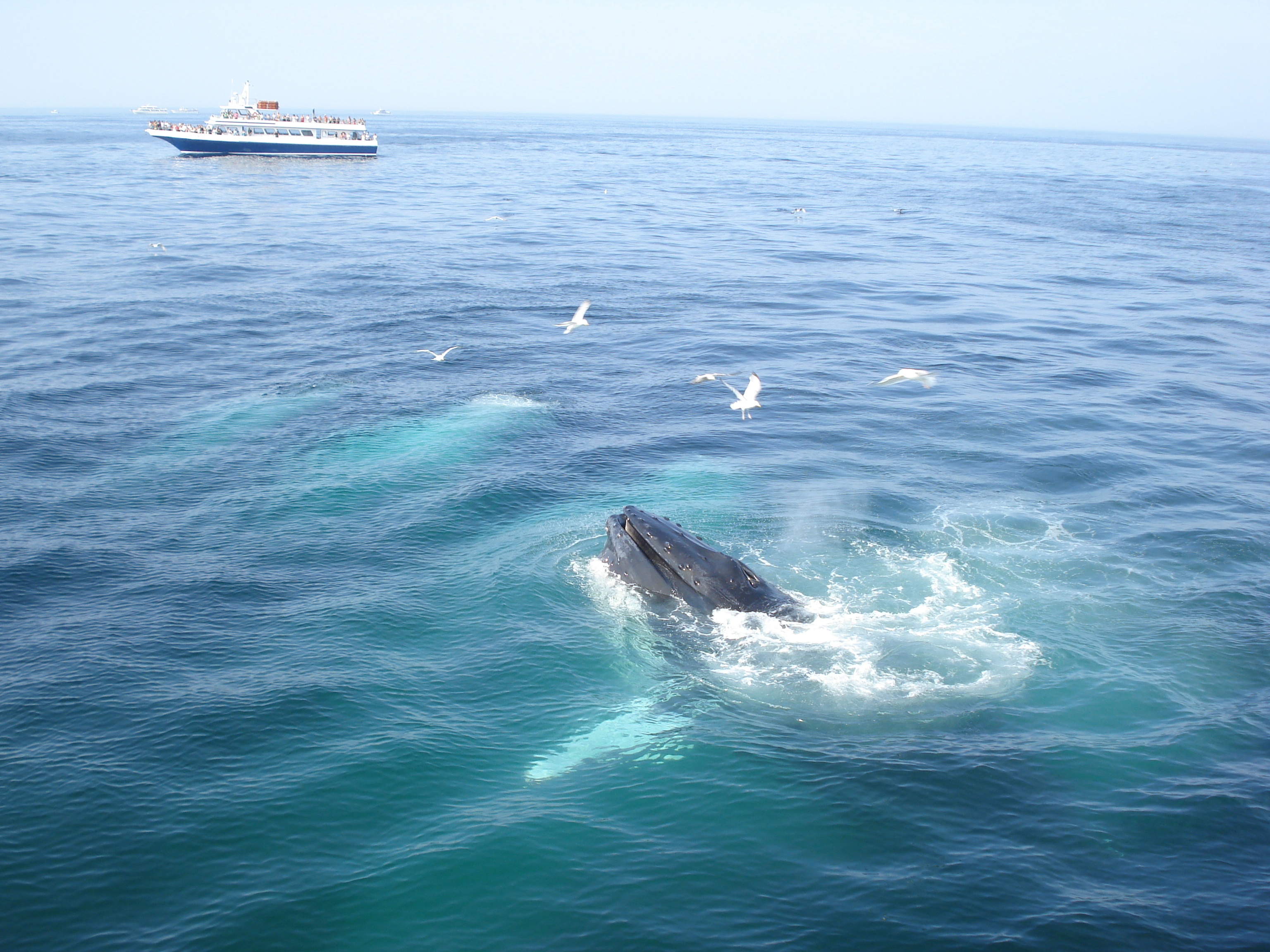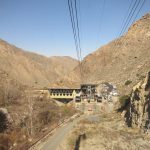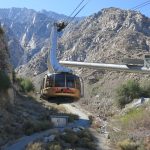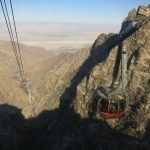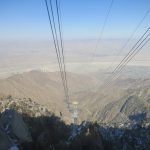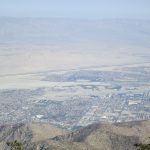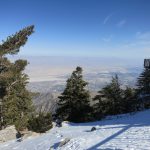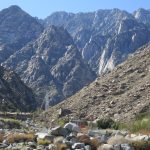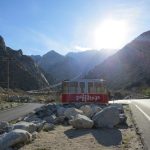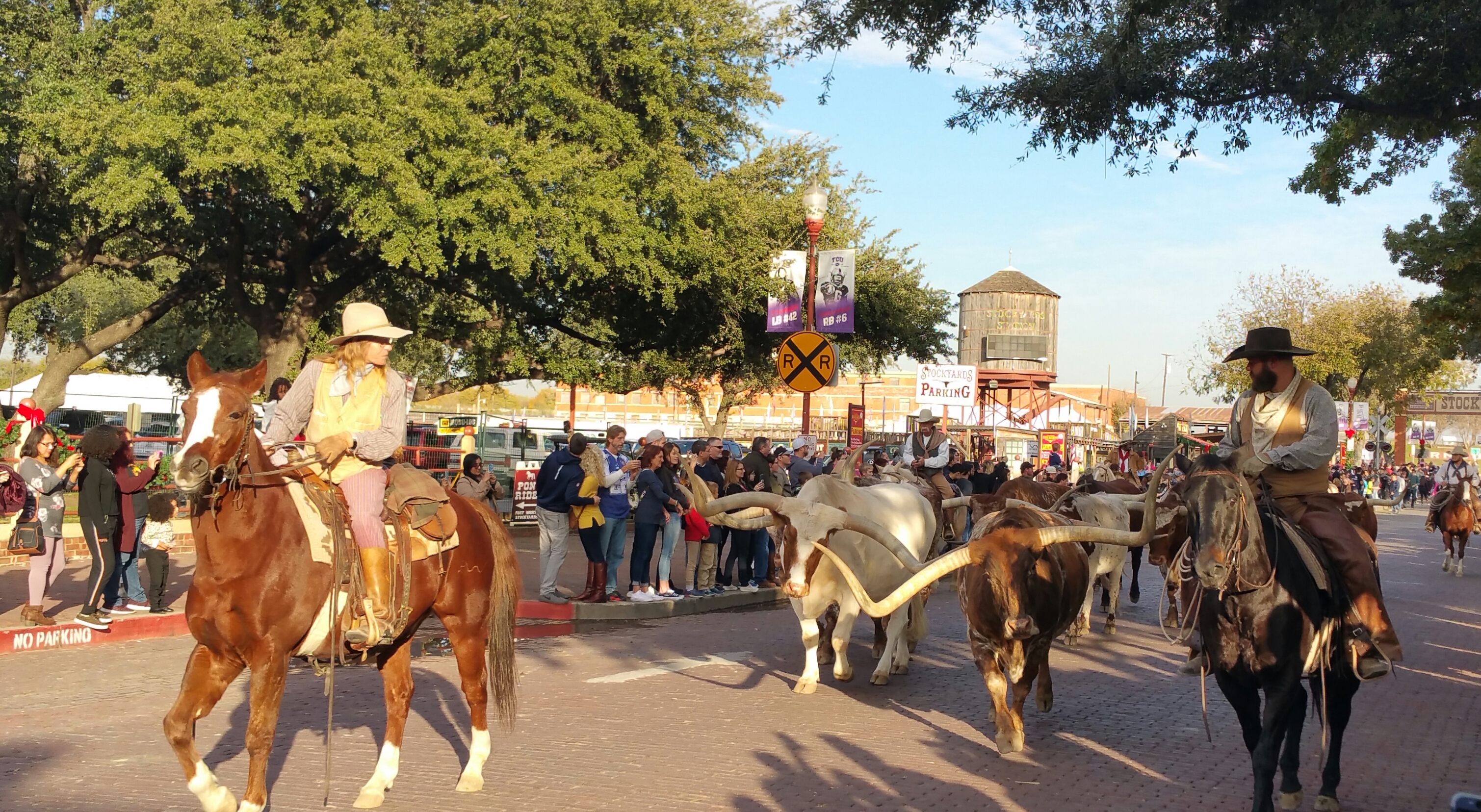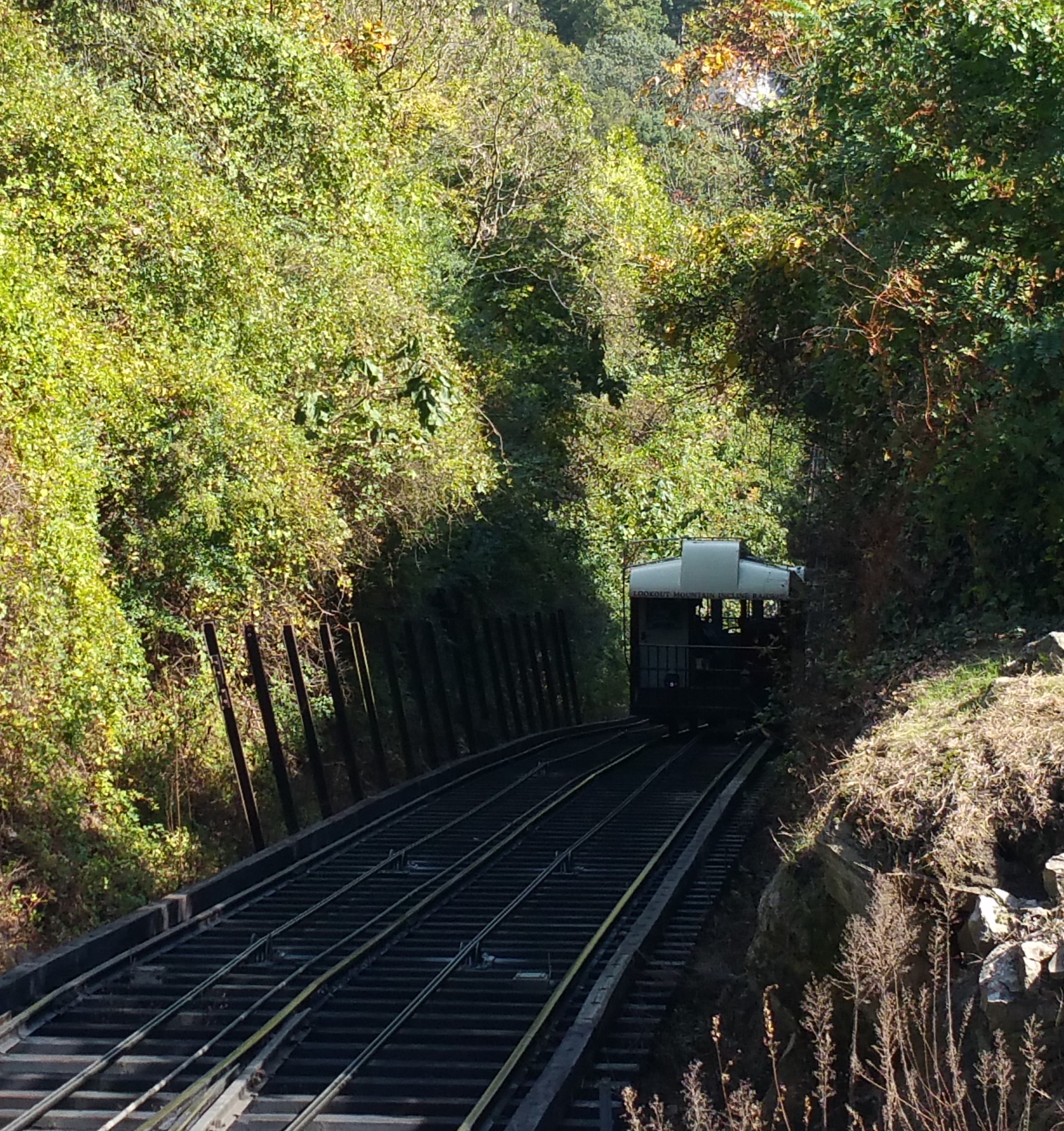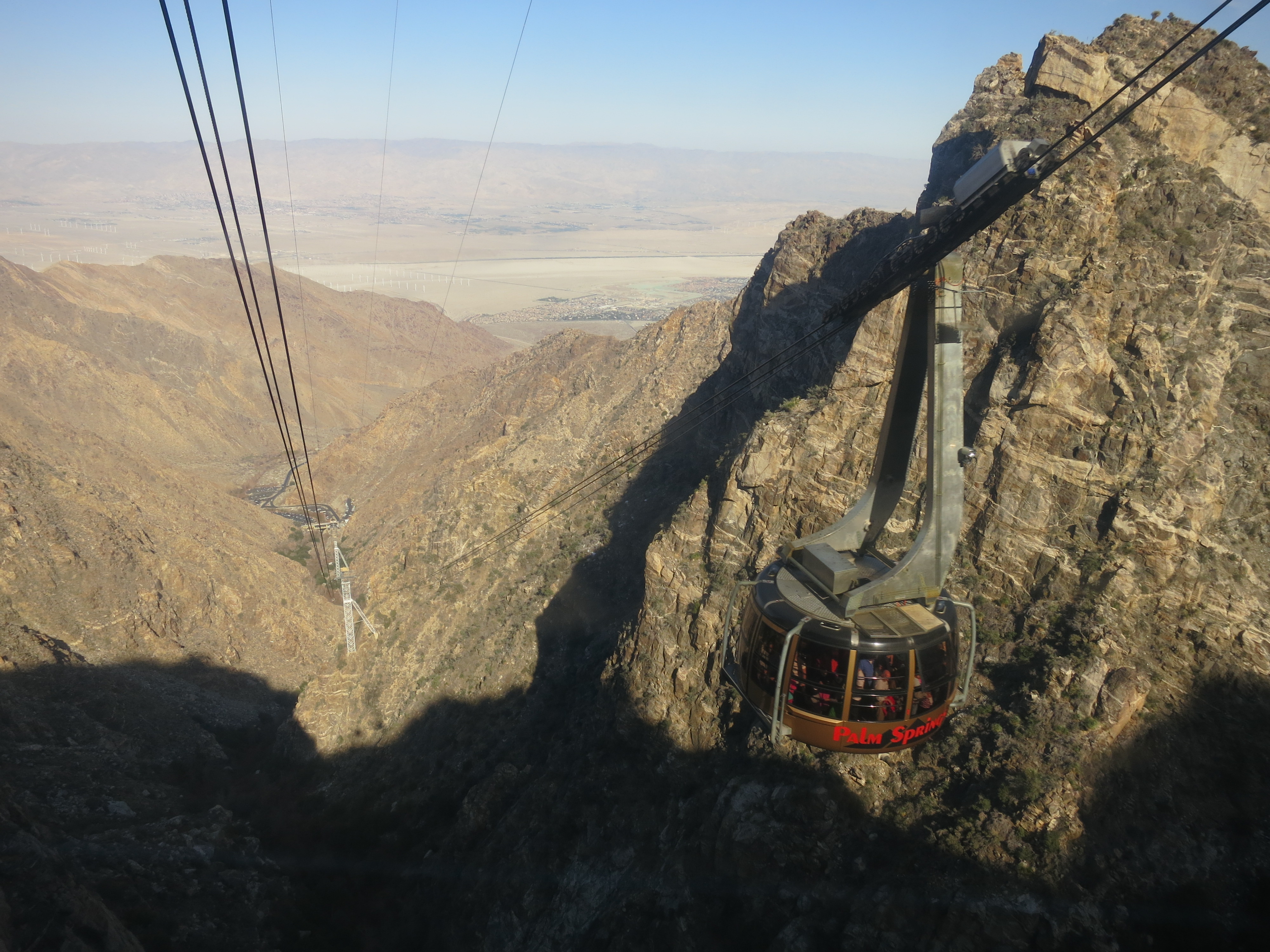
Palm Springs Aerial Tram- Palm Springs, CA
Palm Springs is just about perfect. Not only does it have wonderfully mild winters, too many golf courses to count, and more retro architecture than anyone has a right to, it has an aerial tram. Aerial trams rate right up there with funiculars for me, and Palm Springs certainly boasts one of the best.
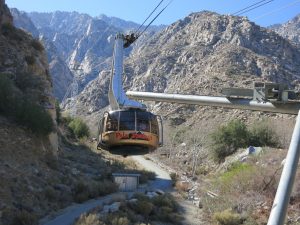
Tucked away in the mountain folds just outside of town sits the Palms Springs Aerial Tramway, which has been spiriting people up Chino Canyon in grand fashion since Bob and Bing called this town home. Although the idea of a tram dates back to 1935, world events delayed construction until 1961. Considered a folly, the idea was the brainchild of engineer Francis Crocker, who longed for the snow capped coolness of Mount San Jacinto on a hot summer day. Without the treacherous hike, of course. He would spend the next several decades attempting to make his vision a reality.
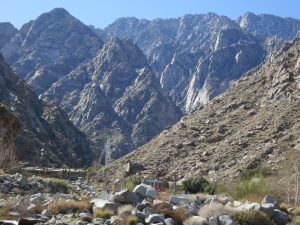
By 1961, with 8.15 million in funds raised by the sale of private revenue bonds, donated land, and the passage of a tram bill, the project was on its way. For once however, funding was the easy part of the project. The sheer mountain face forced forward thinking engineering solutions, including the use of helicopters to erect four of the five supporting towers. Construction was so complicated that at the time it was built it was considered the “Eighth Wonder of the World,” and has since been designated a civil engineering landmark. It took 26 months and over 23,000 flights to construct the tram, which was completed in 1963. At long last, Crocker’s dream was realized.
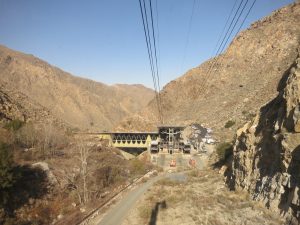
The tram opened to great fanfare on September 12, 1963. Passengers could now travel from the Sonoran Desert to the alpine wilderness of Mount San Jacinto in 12 minutes. Which was a really big deal. The tram understandably garnered much attention, and was featured in several television shows, including Mannix, I Spy, and Columbo. The stations were no less impressive. The valley station was designed by mid-century masterminds Albert Frey and Robson C. Chambers, who also constructed the iconic Tramway Gas Station, which now serves as the Palm Springs Visitor Center. The Mountain Station was designed by E. Stewart Williams, a prolific Palm Springs architect, whose first residential commission was for Frank Sinatra.
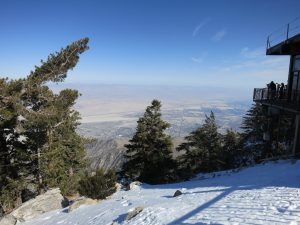
Rising 5873 feet over 2.5 miles, the temperature between top and bottom can vary by over 40 degrees. The top is every bit as refreshing as imagined by Crocker, as long as you remember to dress in layers. Otherwise it is freezing, and you will want to immediately return to the base. Snow remains late into the summer on the peak, and acts as a stark contrast to the arid conditions below, of which you will have a beautiful view. Below sits the vast expanse of the Coachella Valley, the San Andreas Fault, and the infamous Salton Sea. One a clear day, it is possible to spot Nevada’s Mount Charleston, 200 miles away. It is very dramatic and impressive, almost equal to the ride itself.
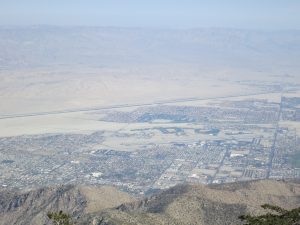
In 2000, the original tram cars were replaced with rotating cars, which offer a 360 degree view of the valley below. Which is absolutely terrifying, but stunning. Only a handful of such rotating trams exist worldwide, and Palm Springs is the largest. With two full revolutions over the course of the trip, you can to see from many different angles just how far above the desert floor you are suspended. Again, terrifying.
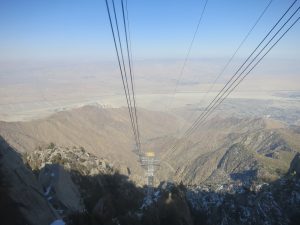
No trip to Palm Springs is complete without a tram trip to the top of Mount San Jacinto. It is a unique experience, and certainly one you will never forget.
